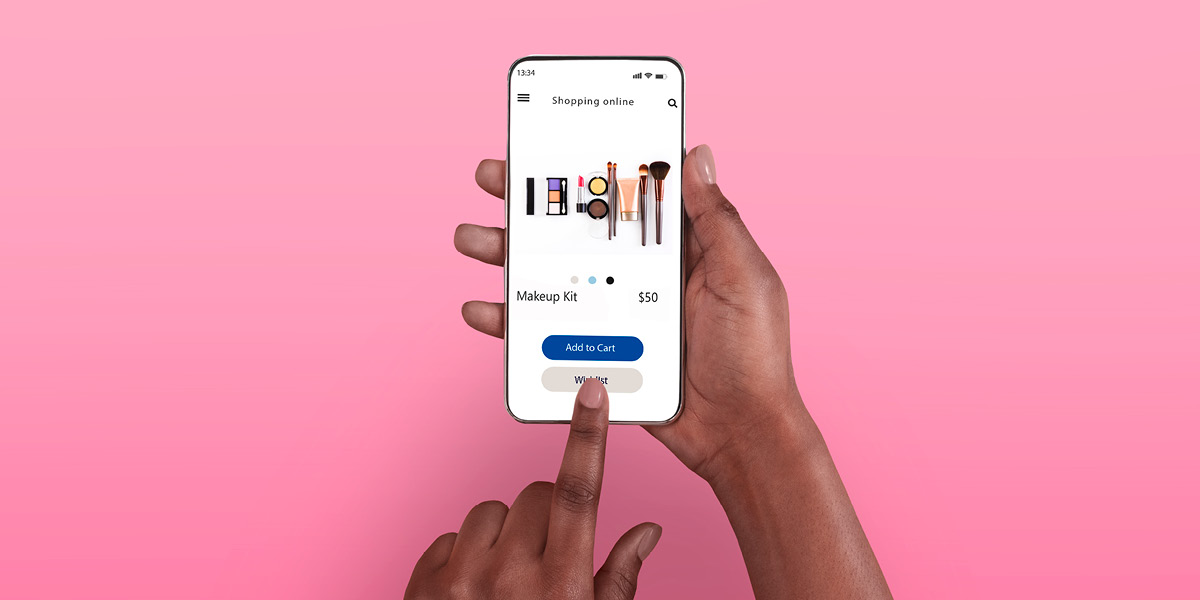No longer the preserve of tech companies, digital screens are now a core component in the majority of brands’ retail strategies – including beauty companies such as MAC, Estée Lauder and Benefit.
Beauty retailers are now integrating different types of screens into original shop designs, with tactical positioning to increase customer satisfaction, dwell time and, ultimately, sales.
“Digital signage is a powerful and effective way to draw the attention of customers into retail environments,” says trends analyst Katie Oliver from the Linney Insight team. “They can be used in window spaces to draw customers into store – and keep them inside for longer. With time-specific deals and trends that constantly change, digital screens can add a lot to any beauty retailer’s offering.”
Stylish statistics
- The average attention span is 2.8 to 8 seconds – and, interestingly, 90% of the information transmitted to the brain is visual. This further enhances the case for digital screens – particularly when the human brain can identify images seen for as little as 13 milliseconds.
- Visuals get 94% more views than text-based information – important to consider with markets that are primarily based on aesthetic, such as the beauty arena.
- Digital signage has an average recall rate of 83%. This figure is almost double the information retention rate for traditional advertising.
- Interestingly, digital signage has a 47.7% effectiveness on brand awareness.
- Digital displays capture 400% more views than static displays.
- Eighty-four per cent of retailers believe that digital signage creates more brand awareness compared to traditional channels.
- Digital signage bumps up the average purchase amount by 29.5%.
Source: Mvix Digital Signage
The beauty of online
“Consumers are not just buying in store; while 81% of beauty shoppers have shopped for beauty in stores over the last 12 months, 54% have shopped online (website or app),” says Katie.
“With this in mind, the importance placed on in-store engagement is key. Digital signage could be the investment and opportunity to create more diverse touchpoints that ensure optimal product discovery” Lift and learn technology, seen here in our case study on Shark Beauty’s digital display, replaces the need for consumers to research products online as the touch screen can guide them through product exploration”.
Redefining retail
“The cost of living crisis continues to challenge consumers and retailers alike, and items considered to be ‘luxury’ – for example, beauty – are often the first to be negatively affected,” notes Katie.
“While price will continue to be a decision driver in consumer spending, digital signage can offer a unique opportunity to redefine value beyond cost – broadening the term to include elements such as customer experience, quality and satisfaction.
“Digital screens allow a range of visual content to be shared with customers. Linked to this is also the more practical applications of digital signage that emphasise convenience. These have unique dynamics in the beauty sector.”
As stated in Forbes, the top three reasons customers shop in stores instead of online are to browse products, touch products, and try on clothing.
But one thing is clear: now that online shopping has brought new expectations of convenience, the next era of in-store retail has a higher standard to meet.
Read more about our digital screens work here.




